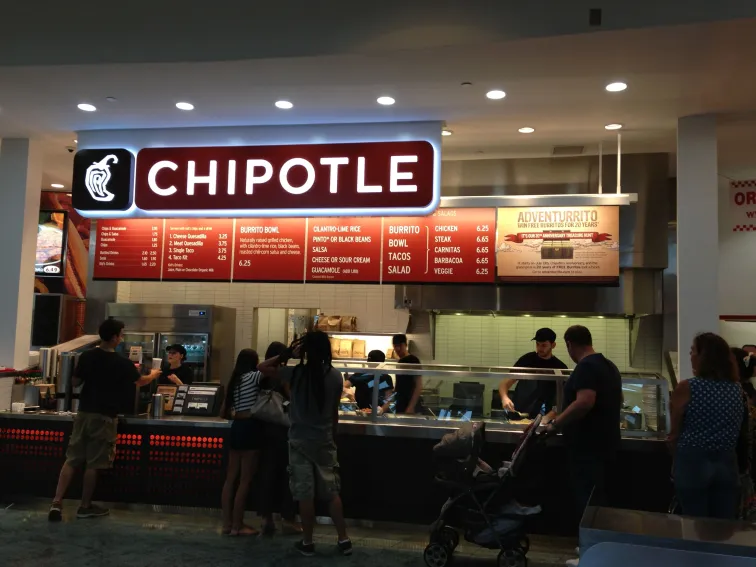
Two-Thirds of Restaurant Operators Raise Menu Prices to Offset Staff and Inventory Costs
Two-thirds of restaurant operators say they are having to increase menu prices to offset rising staff and inventory costs, according to Oracle’s new study, Cost Control in Food & Beverage. Thirty-eight (38%) percent say they will be raising prices in the next six months.
Bogged Down in Labour and Inventory
Labour and inventory are the two biggest costs on nearly every food and beverage operator’s budget. Restaurant operators report they spend more than 50% of their revenues in these two areas.
While respondents resoundingly rank recruitment, training and retention as top priorities when it comes to staff, managers are clearly spending much of their time mired in administration: 63% change worker schedules prior to posting them and 49% do so after posting. The time and effort spent on scheduling is often falling short; 44% of respondents reported that understaffing is an issue for their business, which can have a negative impact on the dining experience for guests.
Similarly, one third (32%) of restaurant operators spend three hours or more managing stock each week even though their top priorities for inventory lie in meal quality and kitchen staff empowerment. 68% of respondents report food consistency and quality is their top inventory concern.
Christopher Adams, Vice President, Food & Beverage APAC, Oracle Hospitality says, “Raising prices to offset costs impacts the guest experience. Customers may look elsewhere if they feel a food and beverage provider is not delivering on quality at the right price. Gaining cost and time-efficiencies in labour and inventory management is crucial to a sustainable future for food and beverage operators, and new cloud- based platforms that automate many of these processes are making this possible.”
Some restaurant operators are addressing their labour management issues by allowing staff to manage their own schedules using their personal mobile devices. Half of the respondents plan to pursue this strategy, and among those, 51% plan to do so in the next six months.
A Wasted Opportunity
Over-portioning and food waste are also major contributors to cost inefficiencies, standing out as the two biggest factors for product loss among the businesses surveyed. Thirty-two (32%) percent of restaurant operators cite over-portioning as the biggest culprit and 30% cite waste.
Despite these concerns, 50% of respondents admit they do not track prepared waste. Fewer than half use modern forecasting systems designed to deliver more accurate ordering and reduced waste, in addition to automated stock management.
Adams added, “It’s a surprise that restaurants of all types are not doing more to track prepared waste. Encouragingly, the majority of those who do track waste have a system in place that is integrated with their point-of-sale. This is the easiest way to monitor money being lost so the problem can be addressed more proactively – this also helps to hold everyone accountable.”
Geoff Holton, General Manager Information Services, at Restaurant Brands Limited, New Zealand said, “We use the Oracle Inventory Management solution in all of our stores for ordering inventory, doing stock take and managing waste – which are all key to managing our food costs and food margin.”
























